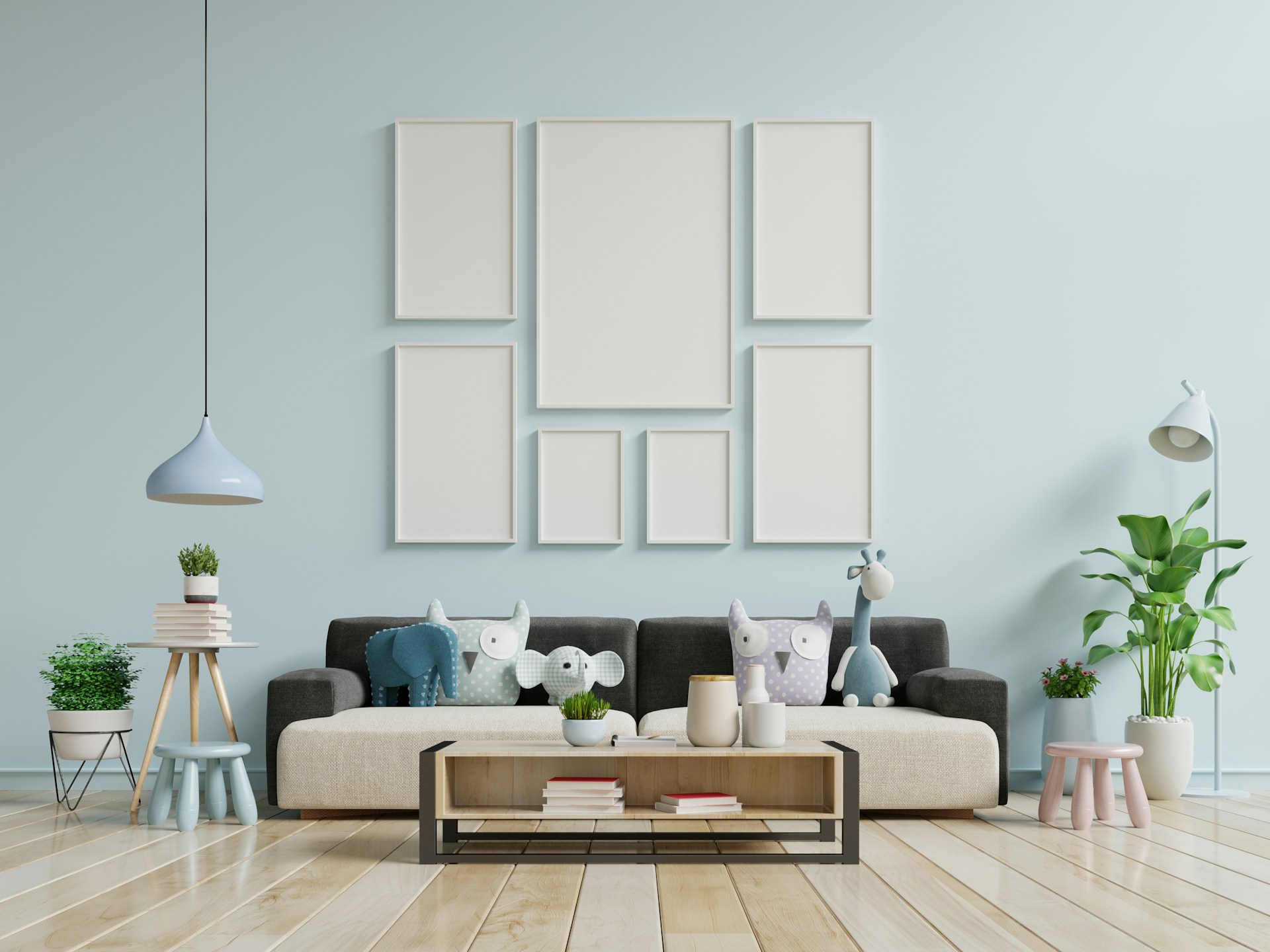The sofa, a staple in living rooms across the world, has undergone significant transformations over the centuries. From origins in classical antiquity to contemporary iterations, iconic sofa designs through the decades reflect the changing tastes, technologies, and lifestyles of each era.
In this blog post, we’ll explore the fascinating history of sofa design, highlighting key styles and innovations that have shaped the furniture we know and love today.
Contents
The Origins of the Sofa
Ancient Beginnings
Classical Antiquity
The earliest forms of sofas can be traced back to ancient Egypt, Greece, and Rome. These early seating solutions were often simple benches with cushions, designed for comfort and socialising.
The Greek Klismos
The Greek klismos, a chair with a curved back and tapered legs, influenced early sofa designs. The emphasis was on elegance and simplicity, reflecting the aesthetic values of the time.
The Middle Ages
Functional Simplicity
During the Middle Ages, seating remained fairly utilitarian. Sofas and chairs were often wooden benches with minimal cushioning, reflecting the period’s focus on functionality over comfort.
The Influence of Feudalism
Feudalism dictated much of the furniture design during this time, with large, communal seating in great halls and more modest pieces in private quarters.
The Renaissance to the Baroque Period
The Renaissance Revival
Luxurious Comfort
The Renaissance period saw a resurgence in the appreciation for art and design. Sofas became more ornate, with intricate carvings and luxurious fabrics. The emphasis was on comfort and opulence.
The Chesterfield Sofa
Originating in the 18th century, the Chesterfield sofa is one of the most enduring designs from this period. Characterised by its deep button tufting and rolled arms, it remains a symbol of sophistication and comfort.
Baroque Extravagance
Ornate Designs
The Baroque period was all about extravagance and detail. Sofas from this era featured elaborate carvings, gilded frames, and plush upholstery. The designs were grand and meant to impress.
Influence of Royalty
Royal courts across Europe heavily influenced furniture design. The opulence of the French Louis XIV and XV styles, with their curvaceous forms and luxurious materials, set the standard for high-end sofa design.
The Victorian Era to the Early 20th Century
Victorian Elegance
Elaborate Detailing
The Victorian era continued the trend of elaborate designs. Sofas were often adorned with floral patterns, tassels, and rich, dark woods. The overstuffed, plush seating reflected the era’s penchant for maximalism.
The Emergence of the Settee
The settee, a smaller version of the sofa, became popular during the Victorian era. It was ideal for smaller parlours and added a touch of elegance to any room.
Early 20th Century Innovations
Art Nouveau and Art Deco
The early 20th century saw the rise of Art Nouveau and Art Deco styles. These movements brought a focus on flowing lines, geometric shapes, and bold colours, moving away from the heavy ornamentation of the Victorian era.
The Birth of Modernism
Modernism, with its emphasis on function and simplicity, began to influence sofa design. Designers like Le Corbusier and Mies van der Rohe introduced minimalist, sleek lines and innovative use of materials.
Mid-Century Modern to Contemporary Designs
Mid-Century Modern
Clean Lines and Functionality
The mid-20th century is celebrated for its mid-century modern designs. This style emphasised clean lines, organic shapes, and functionality. Sofas became more streamlined, often with tapered legs and minimalist forms.
Iconic Designs
Designers such as Charles and Ray Eames, and Arne Jacobsen created iconic pieces that are still popular today. The Eames Lounge Chair and Ottoman, although not a sofa, had a significant influence on furniture design of the period.
Contemporary Trends
Versatility and Comfort
Contemporary sofa designs focus on versatility and comfort. Modular sofas that can be rearranged to suit different spaces and needs have become increasingly popular.
Sustainable Materials
There is also a growing emphasis on sustainability, with many designers opting for eco-friendly materials and production methods. This shift reflects a broader trend towards environmental consciousness in all aspects of design.
Technological Integration
Smart Sofas
The integration of technology into furniture is a recent trend. Smart sofas with built-in charging ports, adjustable features, and even massage functions are becoming more common, catering to the needs of the modern, tech-savvy consumer.
Conclusion
The evolution of sofa design from classical antiquity to contemporary styles is a testament to our changing lifestyles, aesthetic preferences, and technological advancements. Each era has contributed unique elements to sofa design, resulting in the diverse range of styles available today.
Whether you prefer the ornate detailing of Baroque sofas or the sleek lines of mid-century modern pieces, the history of sofa design offers something for everyone. As we look to the future, it will be exciting to see how sofa design continues to evolve, blending tradition with innovation to meet the needs of the next generation.



